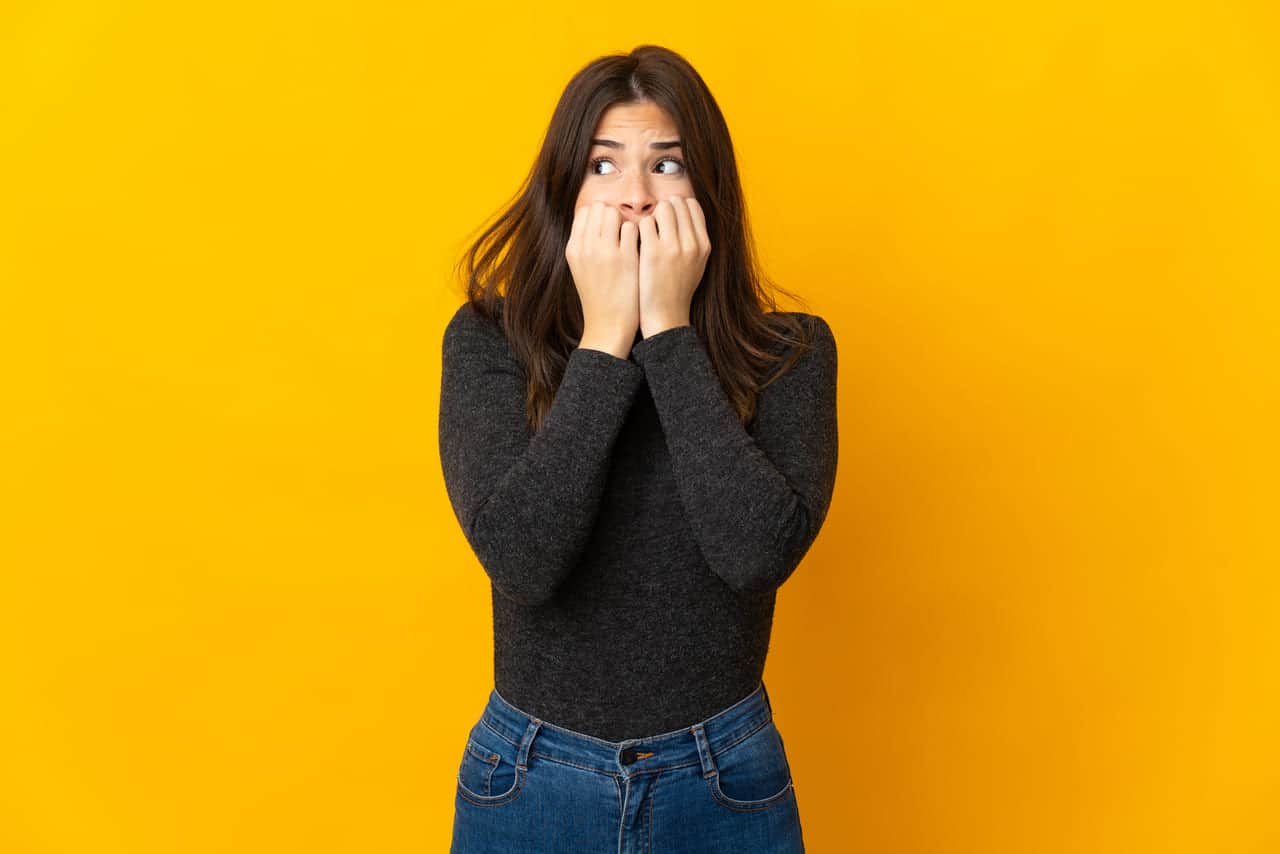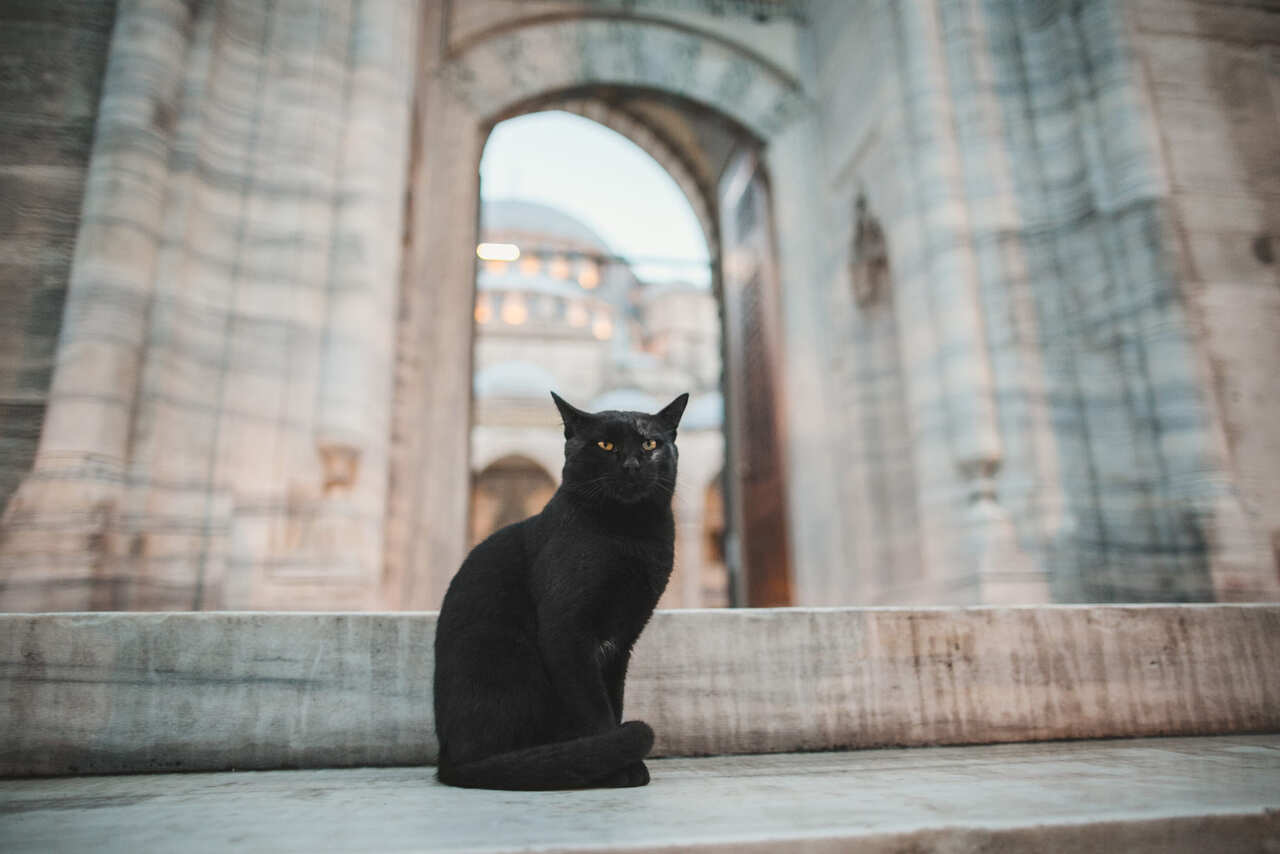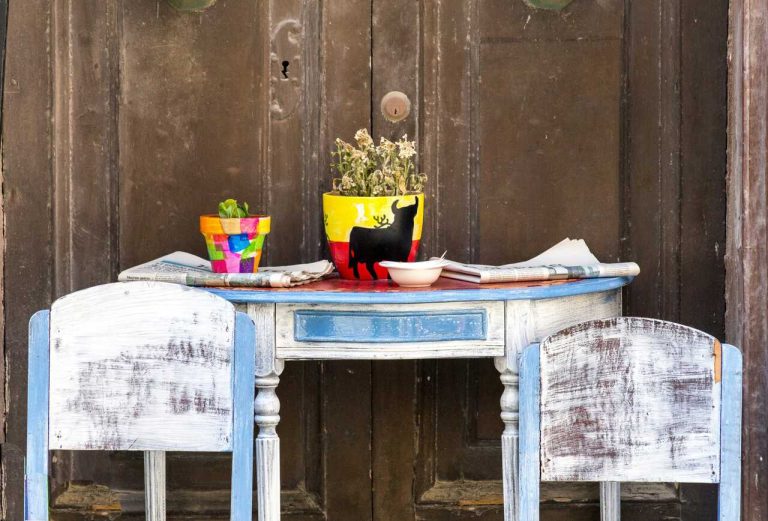
Hispanic Superstitions: Mal de Ojo and Beyond
DATE:
Did you know that superstitions, though often seen as irrational beliefs, play a significant role in shaping cultural traditions and social behaviors? Hispanic superstitions, in particular, are rich with history and meaning, offering a glimpse into the cultural beliefs that have been passed down through generations. Let’s dive into the intriguing world of these superstitions, starting with the infamous Mal de Ojo.
Mal de Ojo: The Evil Eye and Its Power
Origins and Beliefs
One of the most common and dreaded superstitions in Hispanic cultures is the evil eye, or mal de ojo. The core of the notion is that some people have the ability to hurt others just by casting jealous or malicious glances in their direction. This idea is seen in many civilizations all over the world and is not exclusive to superstitions in Latin America. According to Hispanic legend, the Evil Eye can bring about a range of bad luck, especially for young people and those who are weak.
Symptoms and Effects
The symptoms of Mal de Ojo are diverse and can manifest in both physical and emotional distress. Common signs include unexplained crying in infants, sudden illness, headaches, and a sense of unease or anxiety. These symptoms are believed to result from the negative energy transmitted through the envious gaze. Understanding these symptoms is crucial for recognizing and addressing the effects of Mal de Ojo.
Protecting Against Mal de Ojo: Rituals and Remedies
Amulets and Charms
Protection against Mal de Ojo often involves the use of various amulets and charms. One of the most popular protective items is the azabache, a black stone often worn as a bracelet or necklace. This charm is believed to absorb negative energy and safeguard the wearer. Additionally, red ribbons are frequently tied around a child’s wrist to ward off the Evil Eye.
Prayers and Rituals
Prayers and specific rituals also play a crucial role in protecting against Mal de Ojo. One common practice involves passing an egg over the affected person’s body to absorb the negative energy, a ritual known as “limpia” or cleansing. The egg is then broken into a glass of water, and the patterns it forms are interpreted to diagnose the presence of Mal de Ojo. This combination of spiritual and physical remedies highlights the deep-rooted belief in the power of superstitions in Spanish-speaking cultures.
Beyond Mal de Ojo: Other Common Hispanic Superstitions
Superstitions About Luck
Hispanic cultures have many superstitions about luck, each with unique rituals and beliefs.
- Sweeping Over Someone’s Feet: If a broom sweeps over your feet, it is believed you will never get married. People often react strongly to avoid this curse.
- Placing a Broom Behind the Door: Placing a broom behind the door is thought to ward off unwanted guests and negative energy, ensuring peace at home.
- Carrying a Four-Leaf Clover: The four-leaf clover is considered a powerful good luck charm, believed to bring fortune and protect against evil spirits.
Superstitions About Death
Death-related superstitions are deeply respected, reflecting a reverence for the afterlife and the spirits of the deceased.
- Speaking Ill of the Dead: Speaking ill of the dead is believed to bring bad luck, as the spirits may become angered and bring misfortune to the disrespectful.
- Leaving Candles Burning Overnight: Leaving a candle burning overnight can attract spirits into the home, particularly those with unfinished business, leading to disturbances.
- Covering Mirrors During a Wake: Mirrors are covered during a wake to prevent the deceased’s spirit from becoming trapped or haunting the living.
Superstitions About Animals
Animals hold significant symbolic meanings, often viewed as omens or spiritual messengers.
- Black Cats: Seeing a black cat crossing your path is generally considered an omen of bad luck, associated with witchcraft and evil spirits.
- White Butterflies: White butterflies are seen as a sign of good luck and a message from a deceased loved one, symbolizing comfort and reassurance.
- Owls: Hearing an owl hoot near your home is considered a bad omen, potentially signaling death or misfortune.
- Spiders: Encountering a spider, especially in the morning, is a sign of good fortune, symbolizing prosperity and positive energy.
- Dogs Howling: A dog howling at night is often interpreted as an omen of death, suggesting that dogs can perceive impending death and warn the household.

The Cultural Significance of Superstitions
Folklore and Tradition
Hispanic superstitions are deeply intertwined with folklore and tradition. They serve as a means of preserving cultural heritage and passing down wisdom through generations. Stories of Mal de Ojo and other superstitions are often shared during family gatherings, ensuring that these beliefs remain a vibrant part of cultural identity.
Social Cohesion
Superstitions also play a vital role in fostering social cohesion. Shared beliefs in these superstitions can strengthen community bonds and provide a sense of belonging. Whether through communal rituals or collective storytelling, these practices help maintain social harmony and continuity within Hispanic communities.
Superstitions in the Modern World: Beliefs and Practices Today
Persistence of Beliefs
In contemporary society, numerous Hispanic superstitions persist, despite advancements in science and technology. For example, many people still adhere to the customary preventative measures against Mal de Ojo. This tenacity demonstrates the long-lasting influence of cultural values on daily existence.
Scientific Explanations
Though spirituality is frequently used to interpret superstitions, some of its elements have scientific justifications. For example, the placebo effect, in which real benefits in wellbeing result from the belief in the treatment’s efficiency, can be used to explain the calming effect of rituals such as the limpia. Recognizing these justifications offers a more comprehensive understanding of the behaviors’ effects rather than lessening their societal significance.

Embracing the Mystique of Hispanic Superstitions
Hispanic superstitions, from Mal de Ojo to beliefs about luck and death, offer a fascinating window into the cultural beliefs and practices that define Hispanic communities. These superstitions are not merely relics of the past but continue to play an essential role in modern life, reflecting the deep-seated traditions and social bonds that unite people.
Exploring these superstitions provides valuable insights into the rich tapestry of Hispanic culture. For those eager to delve deeper, SpanishVIP offers an excellent opportunity to learn more about these traditions and improve your Spanish language skills. Start with a free 1:1 class or enjoy a free 7-day trial of our group classes. Understanding the language is a key step toward appreciating the full depth of these captivating beliefs.








